It was once a rustic, cut-off farming village high in the French Alps, but Val d’Isere has evolved into one of the world’s best-known ski resorts attracting everyone from ski bums to billionaires.
“Val,” as it is known by regulars, shares a vast ski area with neighboring Tignes to form one of the jewels in the crown of French winter sports.
The Savoyard hamlet, with origins back to the middle ages and centered around a 17th century church, is now a glittering international destination and hosted the blue-riband men’s downhill at the 1992 Albertville Winter Olympics.
The Games brought with them a desire to “re-beautify” the fast-growing town and restrict development to a more authentic alpine style. Val d’Isere now offers a mix of tradition and sophistication for an eclectic clientele.
The town is the childhood home of 1968 triple Olympic skiing champion Jean-Claude Killy, who gave his name to the combined area’s former moniker L’Espace Killy – a high-altitude, snowsure white wonderland for all, from non-skiers and beginners to helmeted hardcores.
Here’s what you need to know about Val d’Isere.
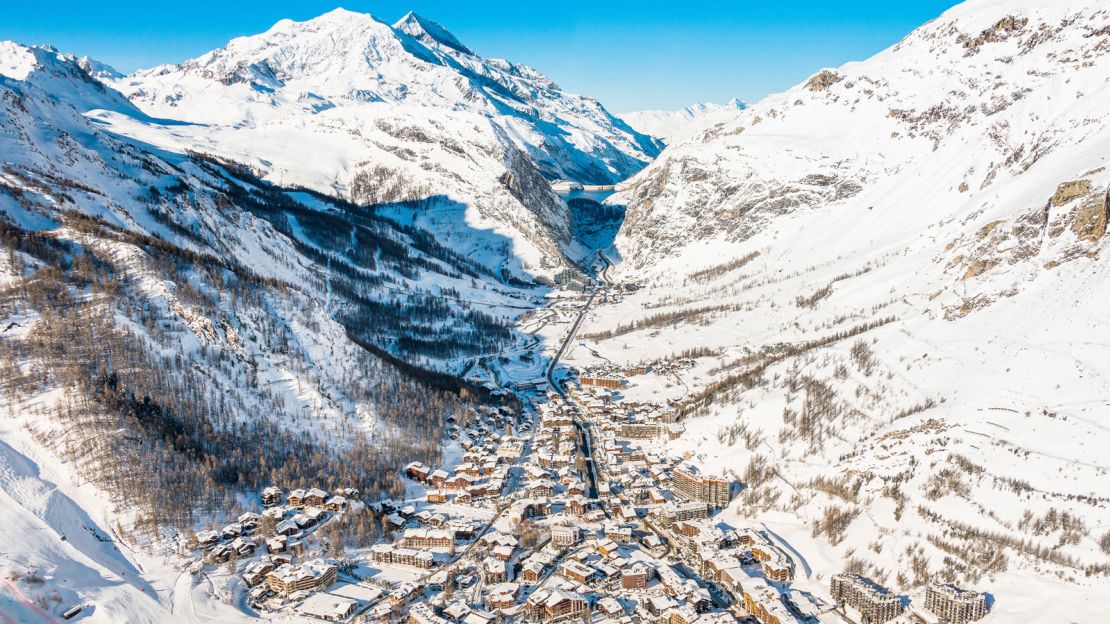
The ski area
The two areas together offer 78 lifts – the first was built in 1936 – and 300 kilometers of groomed slopes, and a wealth of off-piste opportunities for the adventurous, in France’s Haute Savoie region close to the Italian border.
Val d’Isere’s skiing is spread across a number of valleys, starting with the Pissaillas glacier above the Le Fornet sector at one end, and incorporating the Solaise and Bellevarde areas as you head towards Tignes.
The 153 pistes, a varied mix for all abilities, include the challenging 1992 Olympic downhill run “La Face de Bellevarde.”
The steep, twisty “La Face” run, which ends near the middle of town, is graded as a black run for intrepid visitors with strong legs.
Every December Val d’Isere hosts the “Criterium de la Premiere Neige” (First Snow) series of World Cup races for men and women, first held in 1955.
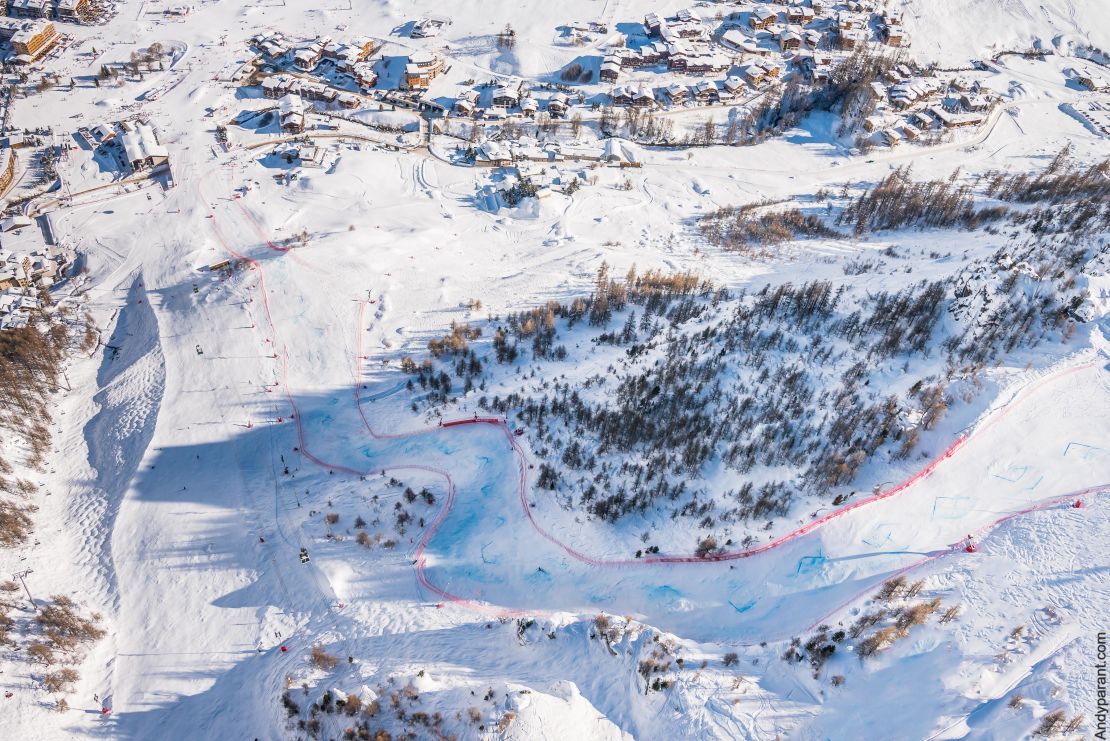
The various hamlets that make up Tignes sit in a high, treeless bowl, with lifts fanning out below the Grande Motte (3,656 meters.) Skiing stretches up to the Grande Motte glacier – reached by an underground funicular railway and cable car – at 3,456 meters.
Beneath the water of the Lac du Chevril below Tignes lie the remains of the old village, including a 17th century church, submerged when the hydroelectric dam was built in 1952.
With the modern lift system, confident, mileage-hungry intermediates can travel from the far end of Le Fornet to the top of Tignes’ Grande Motte in a morning, despite a distance of about 10 miles.
In all, 60 per cent of the runs are above 2, 200 meters, with a total vertical drop of 1,900 meters.
The area’s location near the Italian border ensures a micro-climate which delivers bumper snowfall in most years, but “Val” has a man-made trick up its sleeve to help out.
Its snow-making facility – dubbed the “Snow Factory” – is the biggest of its kind in Europe and tops up the natural deliveries of the white stuff with artificial snow over about 40 per cent of the ski area.
The facility can pump out 2, 500 cubic meters of snow in an hour, enough to cover a football pitch with a meter of the fluffy stuff.
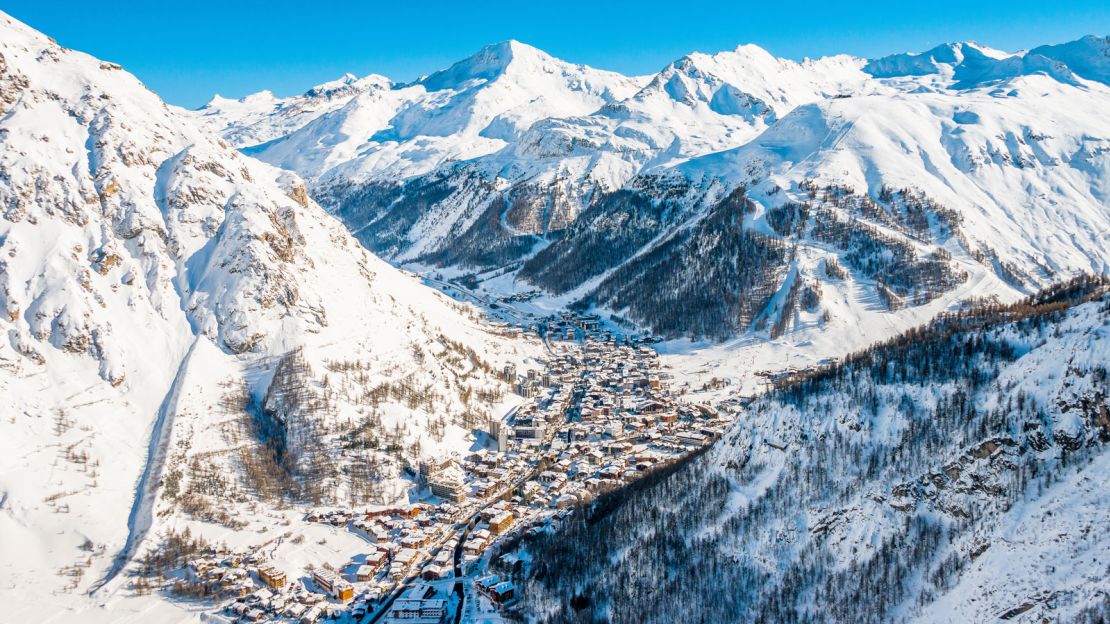
Hospitality
Val d’Isere’s first hotel opened in 1888 to cater for summer visitors, but the remote valley, cut off for most of the year by snow with only a rough mule track as access, had to wait until the 1930s for winter tourism to take off.
Now the town, has a wealth of luxury accommodation, including five-star hotels such as Les Balmes de L’Ours, with its Michelin-starred restaurant, Hotel Christiana, Le Blizzard and Le Yule.
Val d’Isere is also one of the heartlands of the chalet holiday, and boasts myriad top-notch lodges such as Chalet Husky and the Eagle’s Nest.
“Val,” which spreads from modern La Daille at its entrance to rustic Le Fornet near the Italian border, caters for hungry skiers of every persuasion with traditional Savoyard fare never far away. According to the tourist board, about 300,00 fondues are served each season, which represents 60 tonnes of cheese.
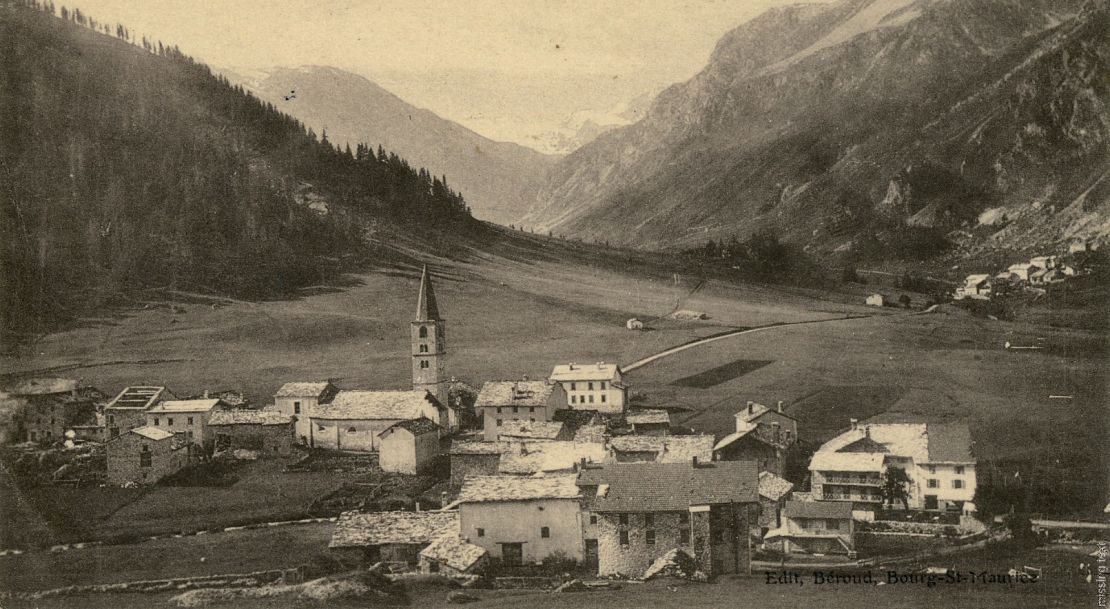
For refined diners, L’Atelier d’Edmond in the outlying hamlet of Le Fornet has become a culinary hotspot in recent years. This rustic restaurant created from an old farm building, won a second Michelin star for chef Benoit Vidal in 2015. Vidal’s authentic cooking is a nod to the old Savoyard ways, infused with Mediterranean style.
Decent on-mountain options include Le Signal, a homely, high-quality joint above Le Fornet, while lower down the blue Mangard piste is the impressive L’Edelweiss.
The stylish La Fruitiere, with its white enamel milk churns and zinc pipes, is another high-class spot above La Daille.
Val d’Isere’s nightlife can be rowdy, starting with outdoor dancing in ski boots to live music and DJs at La Folie Douce above La Daille and ending in the institution that is nightclub Dick’s Tea Bar, founded in 1979.
Other popular watering holes include Cocorico, Bananas, the Pacific Bar, the Moris Pub and Le Petit Danois, which is packed with Scandinavians.
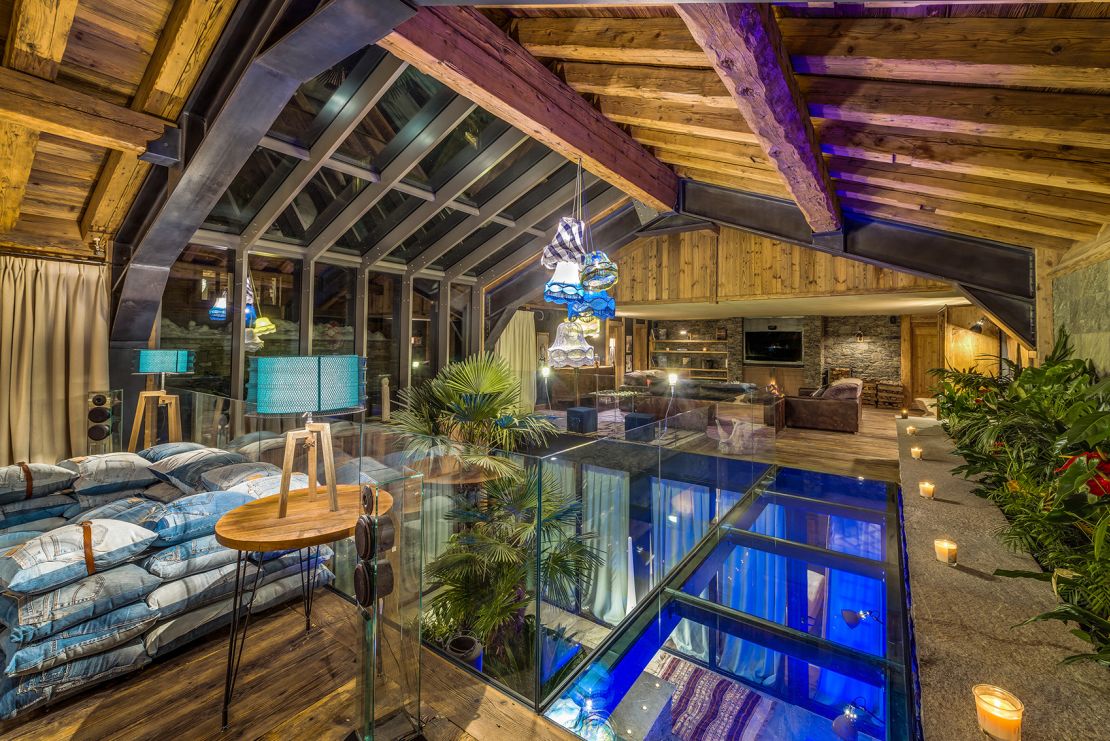
What else?
Val d’Isere has undergone significant redevelopment in the last few years, notably with a new gondola to the top of the Solaise area to simplify access and create a new day lodge with cafes and picnic areas. A new hotel is planned for the old cable car station.
There are also plans for a 200 million euro ($236 million) project to redevelop the center of the resort over the next five years, including new hotels and a piste with an underground moving walkway to improve access from town to the lifts.
“Val” is a popular summer resort with extensive hiking and biking opportunities in the nearby Vanoise National Park.
The popular cycling climb up to the Col de l’Iseran, the highest paved pass in Europe and snowbound in winter, takes riders towards Italy. The climb has featured in seven editions of the Tour de France, from 1938 to 2007.
Getting there:
The nearest airport is Chambéry, 145 kilometers away, while Geneva is about 220 kilometers and Lyon 240 kilometers.
The nearest railway station is Bourg-St-Maurice, a 40-minute drive down the valley.



















